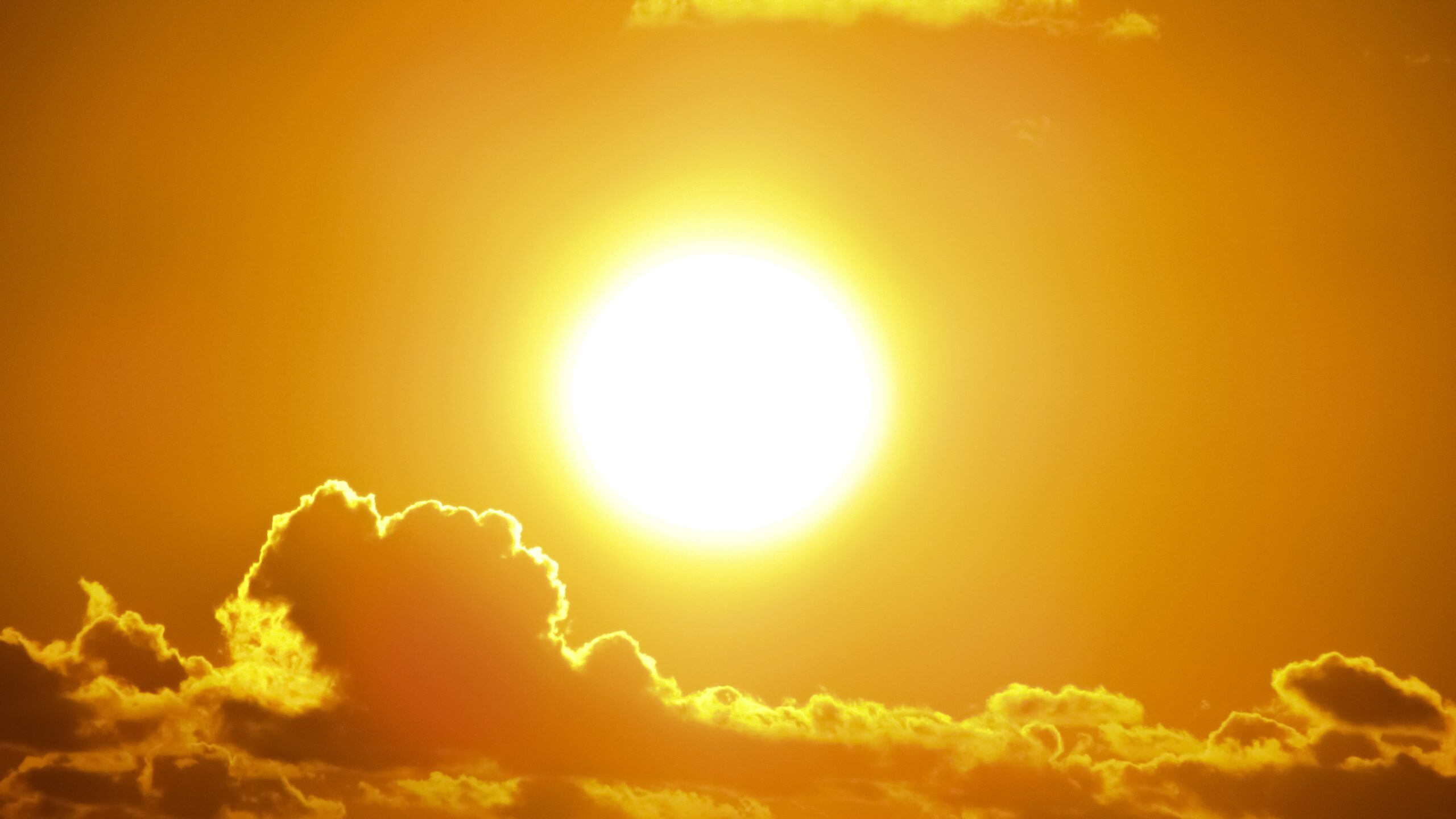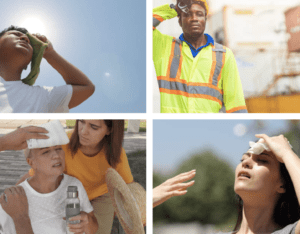Public affairs: Heat stroke and sun safety by Mattison Holland

[adning id=”33097″]
 Being as hot and humid as it is in Texas, it’s vital that we take care of our bodies. This is especially important when we’re out in the sweltering sun. Knowing when to cool down and keeping up with your water consumption can help you push through these hot sunny days.
Being as hot and humid as it is in Texas, it’s vital that we take care of our bodies. This is especially important when we’re out in the sweltering sun. Knowing when to cool down and keeping up with your water consumption can help you push through these hot sunny days.
Many don’t understand the dangers of the sun or its scorching heat. Knowing how to stay safe in this extreme climate is key to soaking in the rest of this summer’s sunshine. Looking out for one another and making sure we’re taking the right precautions is something we can all do to assure each other’s safety.
Heat strokes are no joke when it comes to the boiling summer temperatures of East Texas. By definition, heat strokes are “a condition marked by fever and often by unconsciousness, caused by failure of the body’s temperature-regulating mechanism when exposed to excessively high temperatures.”
According to the CDC (Centers for Disease Control and Prevention), a heat stroke “occurs when the body can no longer control its temperature: the body’s temperature rises rapidly, the sweating mechanism fails, and the body is unable to cool down. When heat stroke occurs, the body temperature can rise to 106°F or higher within 10 to 15 minutes.”
Recognizing the signs of a possible heat stroke can help you better identify someone in trouble. Heatstrokes should not be taken lightly. If emergency treatment is not established the individual could face long-term effects and possible death.
A few symptoms of heat stress are excessive sweating, mental confusion, seizures, extremely high body temperature, and becoming unconscious.
Mayo Clinic provides some ways we can decrease the probability of this illness.
For example, wearing loose-fitting clothing, drinking enough water, applying sunscreen as needed, making sure you’re aware of any issues your medication can cause you in the heat, trying to limit your outside time to when it’s coolest, and knowing when you need to step inside and take a break from the heat.
However, as much as we try to prevent certain happenings, it doesn’t always work out. Because of this, it’s crucial that we know what to do in a situation where an individual nearby is having a heat stroke.
The first step you’ll want to take if someone is experiencing a heatstroke is to call for emergency medical care (911). Make sure to stay with the individual until the ambulance arrives. Next, you’ll want to move the person to a cooler location and remove their outer garments.
After you’ve gone through the first few steps you’ll need to find a way to cool the individual down. The CDC lists a few ways you can lower their body temperature.
- With a cold water or ice bath, if possible
- Wet the skin
- Place cold wet cloths on the skin
- Soak clothing with cool water
Knowing this information might just help you save a life. It can also allow you to be more cautious when you’re out in the intense summer heat.
 Not only is the sun’s heat a cause to be heedful, but so are the effects of the ultraviolet radiation. In simple terms, the NCI (National Cancer Institute), states ultraviolet radiation is “Invisible rays that are part of the energy that comes from the sun.”
Not only is the sun’s heat a cause to be heedful, but so are the effects of the ultraviolet radiation. In simple terms, the NCI (National Cancer Institute), states ultraviolet radiation is “Invisible rays that are part of the energy that comes from the sun.”
An article written for Yale Medicine states “Ultraviolet radiation causes DNA changes in the skin that can lead to premature aging and skin cancer.” It also informs us that there are three kinds of UV light to be aware of.
Those three UV lights are UVA light, which “damages skin at all levels from the surface layer (epidermis) down deep into the dermis.” UVB light, which “irradiates the outer layer of the skin.” “can cause photo-aging, as well as precancerous cells to form.” And lastly, UVC light, which is “absorbed by the ozone layer and atmosphere. As a result, it is not much of a health risk.” The article by Yale Medicine said.
Because UVA light is the most dangerous for our skin we have to be extra careful in the sun. A few things we can do to protect our bodies in the high outdoor temperatures is to make sure we are using the right sunscreen properly.
 Yale Medicine says, “Dermatologists recommend using a broad-spectrum sunscreen, which will shield skin from both UVA and UVB rays. Look for a sun protection factor (SPF) of 30 or higher. Water-resistant formulas are encouraged. Reapply every two hours or sooner if swimming or exercising.”
Yale Medicine says, “Dermatologists recommend using a broad-spectrum sunscreen, which will shield skin from both UVA and UVB rays. Look for a sun protection factor (SPF) of 30 or higher. Water-resistant formulas are encouraged. Reapply every two hours or sooner if swimming or exercising.”
Another way you can shield your skin from the damaging effects of radiation is to wear a hat or visor. Depending on what hat you choose, this can keep you safe by shading your face, neck, head, and ears.
Although UVA and UVB light both come from the sun, they can also come from tanning beds and sun lamps as well. It’s important to always keep your skins safety in mind when you’re outdoors, using a tanning bed, using a sunlamp, etc.
Being informed of the sun’s hazards can help you to be more aware when you’re active outdoors. It’s important that we do our part in order to better prevent these heat-related illnesses and effects. Sun protection doesn’t have to be confined to the summer. You can stay safe all year round!
[adning id=”33097″]
By Mattison Holland












